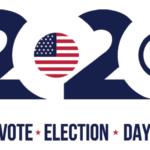
President Trump’s Pro Growth Tax Plan
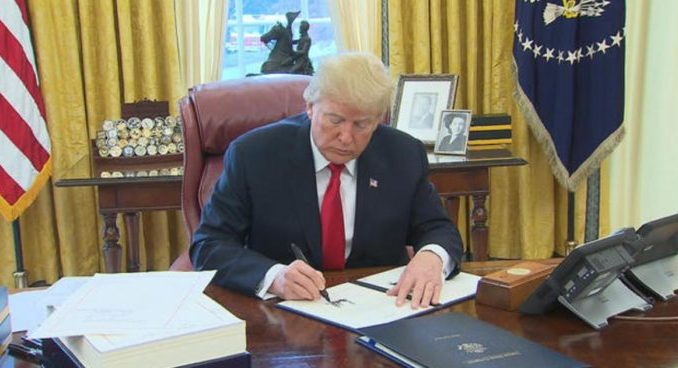
In the history of the United States, there have been several major tax cuts. It started back in 1920s when President Calvin Coolidge and his Treasury Secretary Andrew Mellon cut the income tax rate from 73 to 24 percent; and federal government revenues went up by over 40 percent. In the 1960s, President Jack Kennedy cut income taxes. Lawmakers complained that cutting taxes would increase deficits. President Kennedy countered on November 20, 1962 by saying, “It is a paradoxical truth that tax rates are too high and tax revenues are too low and the soundest way to raise the revenues in the long run is to cut the rates now … Cutting taxes now is not to incur a budget deficit, but to achieve the more prosperous, expanding economy which can bring a budget surplus”. President Kennedy’s words came true when budget deficit went down in the year following the enactment of his tax cut. In the 1980s, President Reagan cut taxes. During the Reagan administration’s last six years, the economy grew at an annual rate of 4.6 percent. Compare that with President Obama’s last six years (they both get a pass for the first two years as they inherited their predecessor’s economy) when the economy grew at an anemic annual rate of 2 percent. The bottom line is, following tax cuts, the economy grew much faster and tax revenues went higher.
There are some concerns that cutting taxes will increase deficits. The economics behind tax cuts and government revenues is simple. When the tax rate is zero percent, government will not generate any revenues (zero percent of $1 million is still zero). When the tax rate is 100%, government will not generate any revenues (who would want to show up to work if your entire paycheck is confiscated as taxes and you take home nothing?). So, as the tax rate goes from 0 to 100 percent, somewhere revenues reach a maximum before starting to decline. This is called the Laffer Curve, named after California economist Art Laffer. After each of the aforementioned tax cuts, federal government revenues went up, indicating that we are overtaxed. In most cases, lowering tax rates typically pays for itself.
One final point. Just like a rising tide lifts all boats, a vibrant, growing economy solves many problems. Putting more money in the pockets of Americans boosts consumption as people spend some of that extra cash. It boosts investment as people save a portion of their extra income by investing in the market. Increased consumption and investment leads to more jobs and higher levels of labor force participation. As demand for goods and services increase, so does the demand for labor. A higher demand for labor leads to better paying jobs. America won the cold war because our economic success allowed us to increase defense spending and the Soviets could not keep up with it. We can continue to be the dominant superpower both economically and politically with prudent fiscal policies that involve tax cuts.







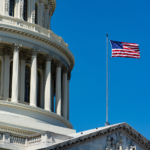

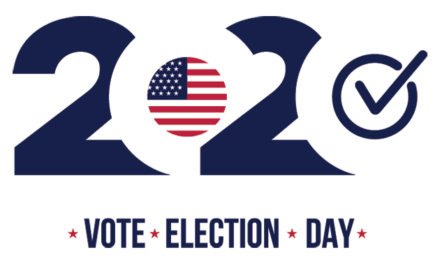


















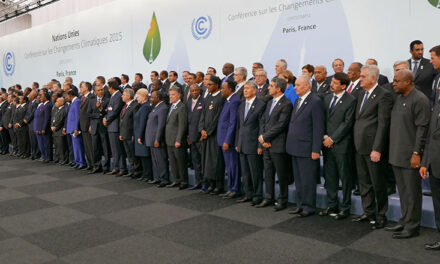


Recent Comments